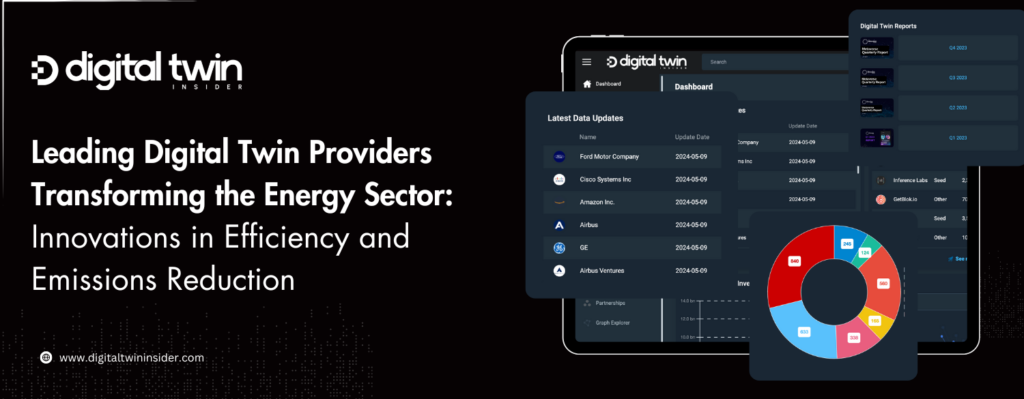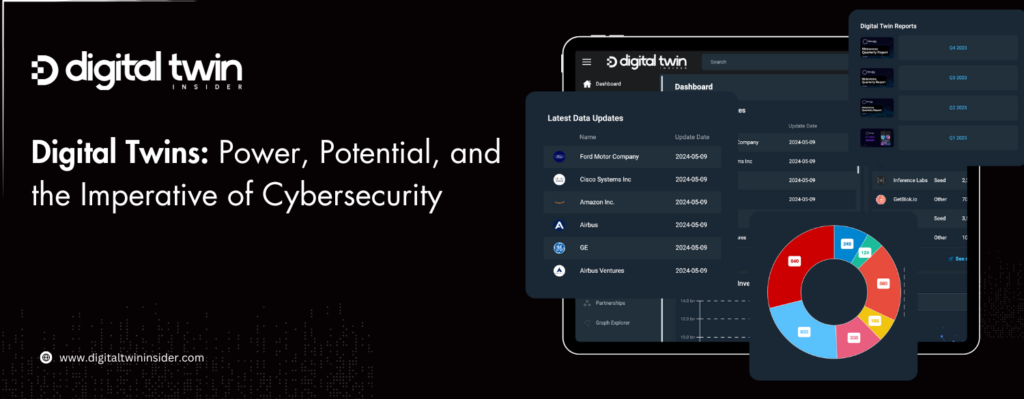Karen Willcox, an aerospace engineer and director of the Oden Institute for Computational Engineering and Sciences at the University of Texas at Austin, knows a thing or two about a thing or two. Her excellent TED Talk last year, How “Digital Twins” Could Help Us Predict the Future, shone a light on the potential of digital twins to disrupt industries, advance scientific understanding and improve human lives.
Willcox kicked off by stressing how modern devices like fitness trackers and smartphones are already harnessing the power of personalized data and modeling.
“These devices are collecting data about our health, our movements, our habits and more,” she began. “And what’s really important is that those data are not generic population data, but they’re data that are personalized to us, each as an individual.”

This is the very essence of digital twins: real data going in and out in perfect synchronization with advanced computational models.
As Willcox explained: “It is a personalized, dynamically evolving model of a physical system.” The true potential, however, extends far beyond wearable tech.
Imagine having a comprehensive digital replica that captures every nuance of an engineering system — be it an aircraft, a bridge, or an offshore wind farm. This virtual counterpart, continuously updated with sensor data and inspections, could provide unprecedented insights.
“You could make decisions about when to maintain any one aircraft, depending on the particular evolving state of that aircraft,” Willcox predicted. “You could make decisions about how to optimally fly an aircraft on any given day, given the health of the aircraft, given the mission needs, given the environmental conditions.”
The applications span multiple domains, from space exploration to environmental preservation. Willcox cited the work of her UT Austin colleagues, like Moriba Jah, who is “building digital twins for space domain awareness,” and Omar Ghattas, whose “high-resolution, physics-based model of the Antarctic ice sheet” combines observational data to inform climate decision-making.
Perhaps the most transformative impact could be felt in the realm of personalized medicine.
“Digital twins have such a role to play in realizing the promise of personalized medicine,” Willcox asserted. Researchers like Michael Sacks and Tom Yankeelov are already working on digital twins for patient-specific heart care and cancer treatment, respectively.
However, Willcox is quick to acknowledge the formidable challenges in creating digital twins of such complex systems.
“It’s still beyond reach to create a digital twin of an entire aircraft. It’s still beyond reach to create a digital twin of a cancer patient or of planet Earth,” she admitted candidly.
The hurdles stem from the vast scales involved and the inherent limitations of data. As Willcox explained: “Damage at the microscopic level on the material on the wing of the aircraft translates across scale to impact the way the vehicle flies at the vehicle level.” Yet, she added: “Computational models that resolve all of these scales, from the microscale all the way up to the system level, are computationally intractable.”
Even with the abundance of data in today’s world, Willcox stressed that “the data by themselves are almost never enough.”
“The data are almost always very sparse in both space and in time. The data are almost always noisy and they’re indirect,” she then added.
Dealing with these problems will require joining the predictive physics-based models with machine learning (ML), scalable methods and high-performance computing. It is this interdisciplinary setting in which the Oden Institute operates, where researchers from 24 different departments collaborate to bring to bear their knowledge on complex challenges.
While fully realized digital twins of intricate systems like aircraft or humans may still be out of reach, Willcox is optimistic about the future.
“The good news is that we have a lot of hope for addressing this challenge,” she affirmed. “And a big part of this hope rests on this notion of predictive physics-based models.”
As digital twin technology matures, its implications could be far-reaching. From optimizing space operations and mitigating environmental risks to enabling truly personalized medicine, these virtual models have the potential to revolutionize decision-making across sectors.
Speaking enthusiastically, Willcox sees a future in which “digital twins are enabling safer, more efficient engineering systems,” “fostering a better understanding of the natural world around us,” and delivering “better medical outcomes for all of us as individuals.”
As we move forward in this age of technological revolution — AI, quantum computing and the like — digital twins will keep showing up as a most promising frontier that might unlock never-before insights and predictive abilities to help tackle some of society’s most pressing challenges. Rather, these experiences are evidence of the beginning of interdisciplinary integrations, the relentless pursuit of innovation, and, as evidenced by the work of Willcox, being well on our way.
Featured image: Credit: TED

















